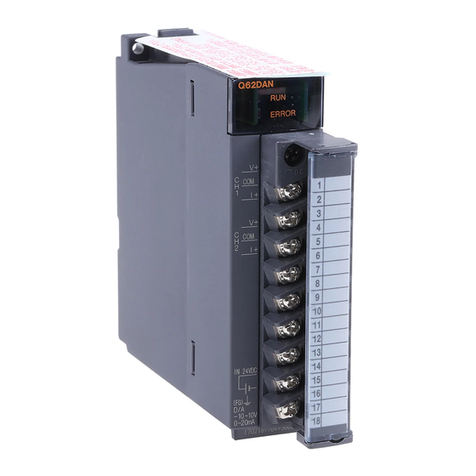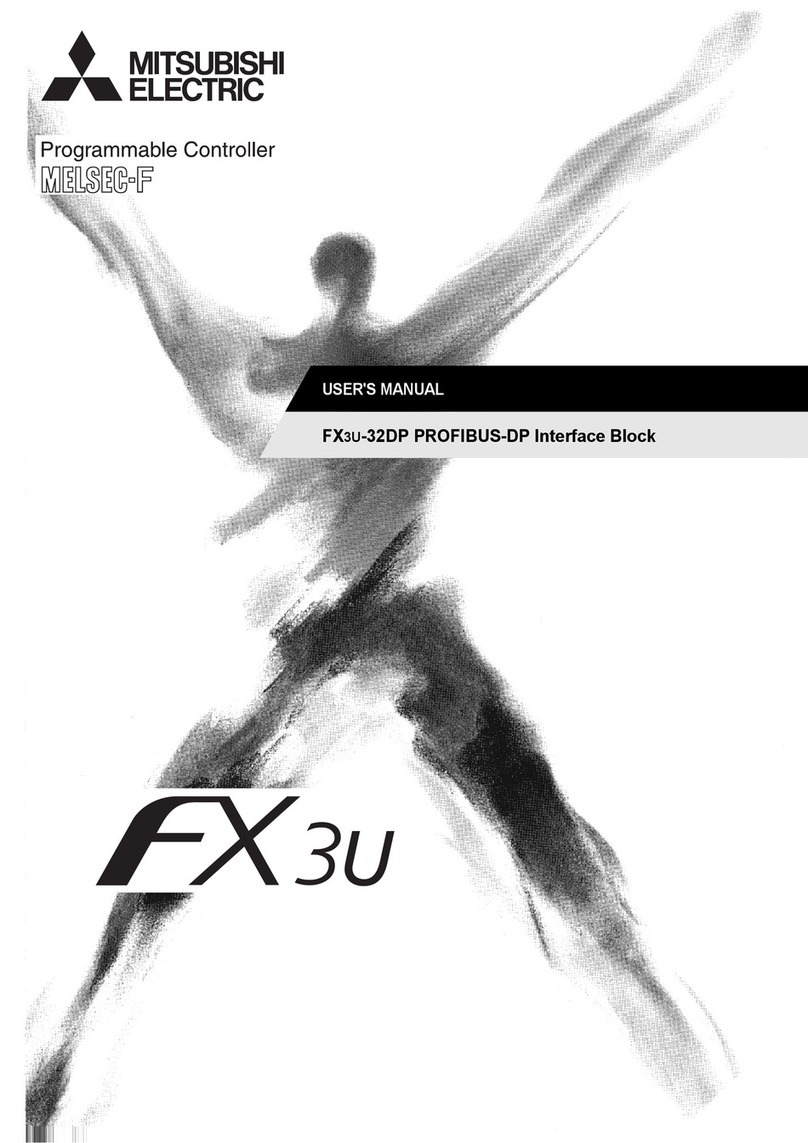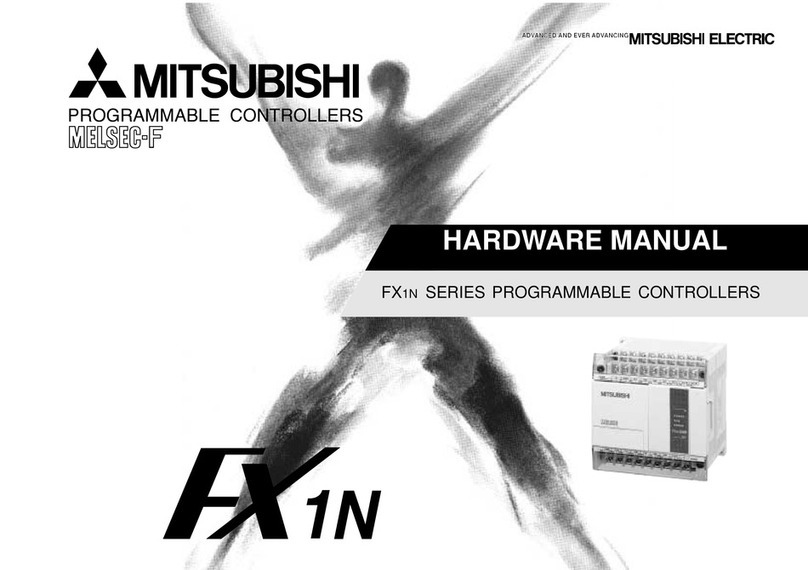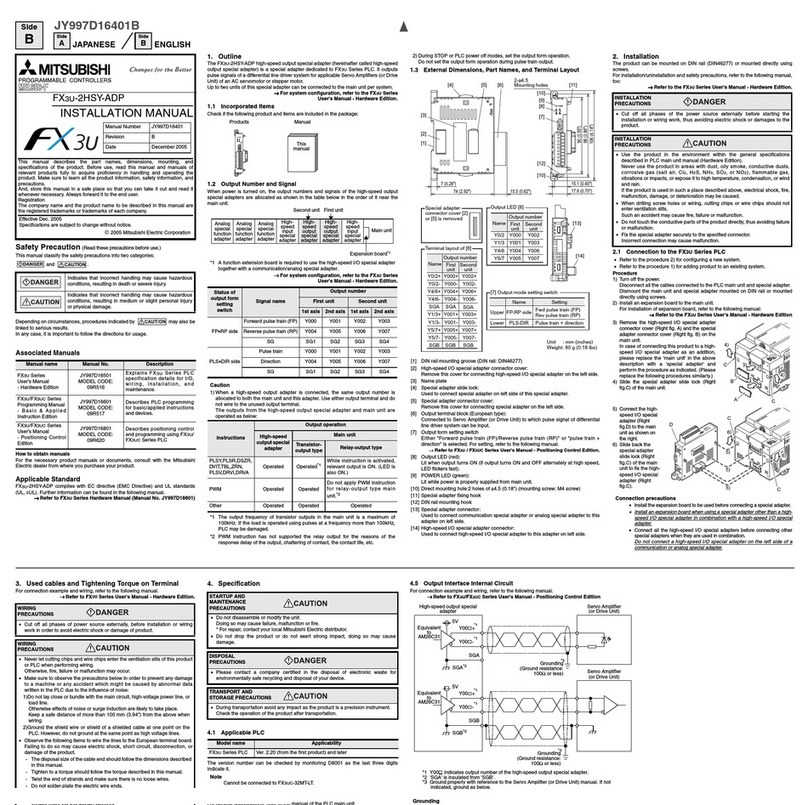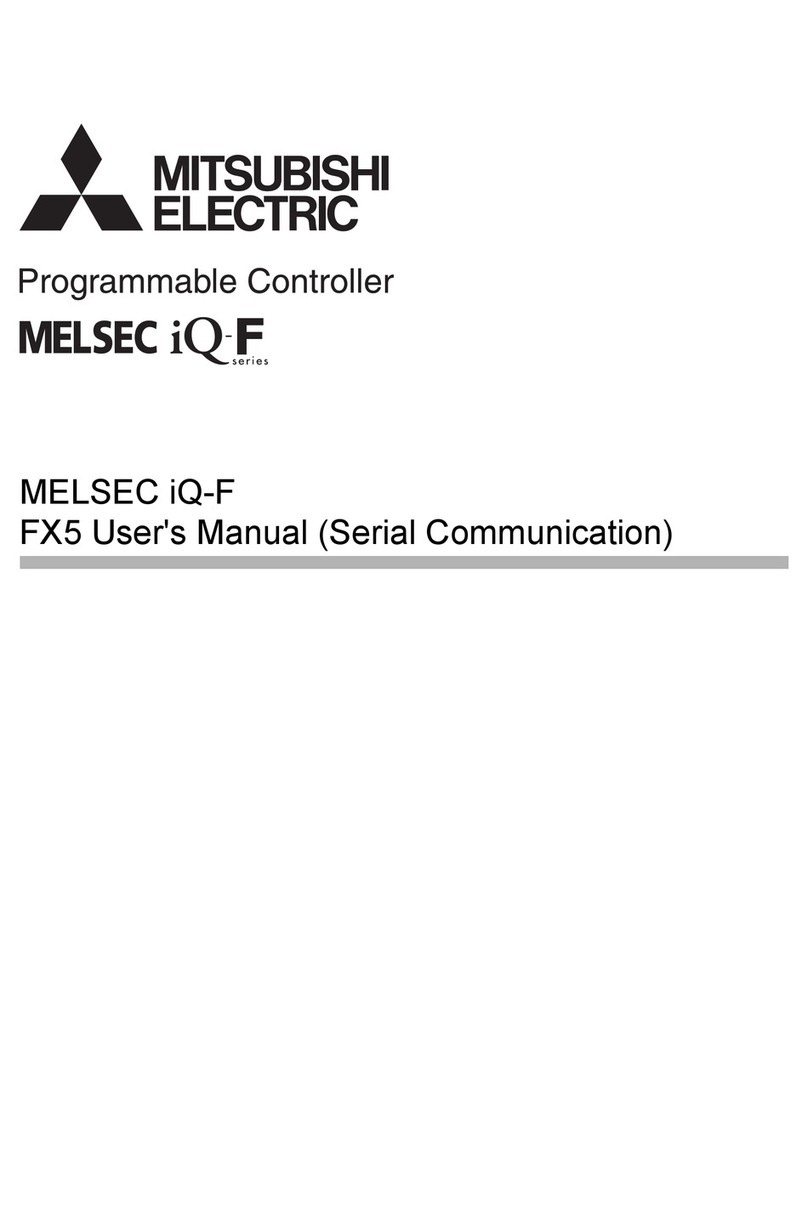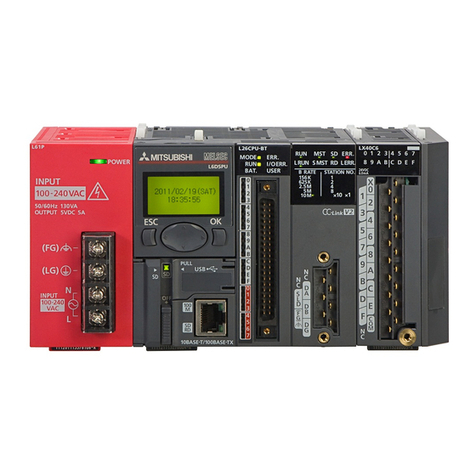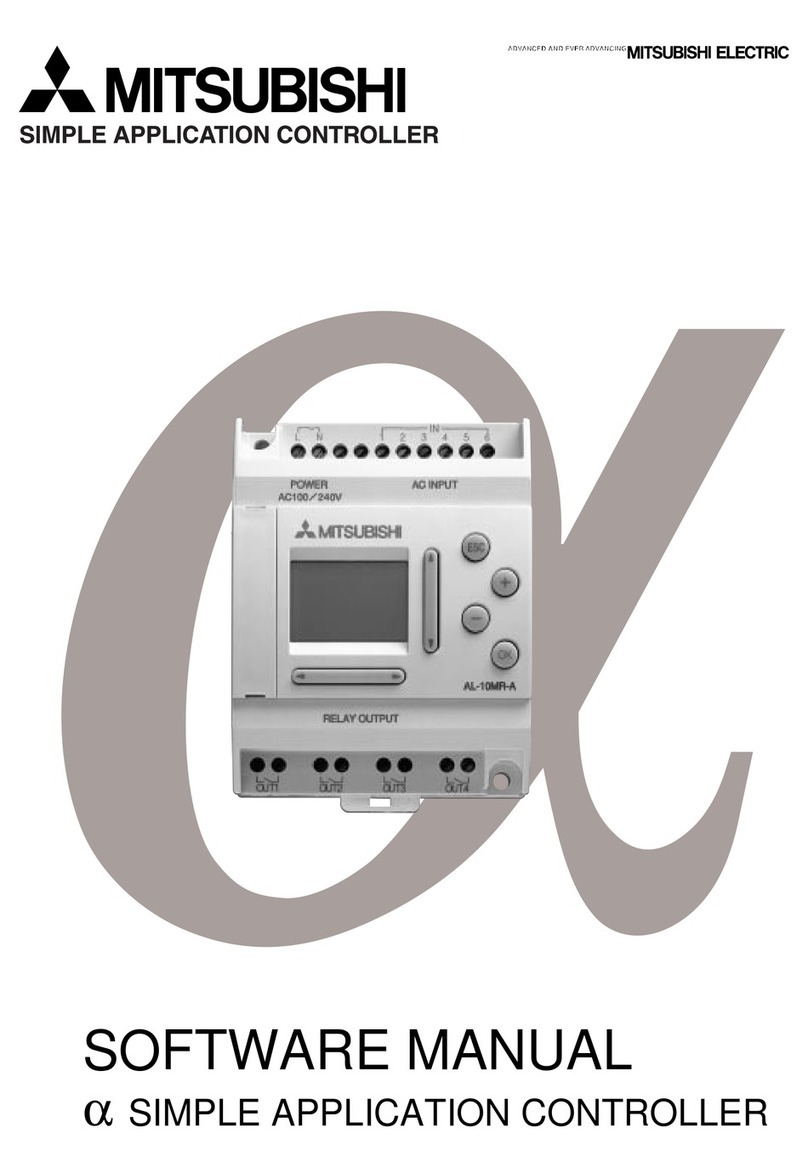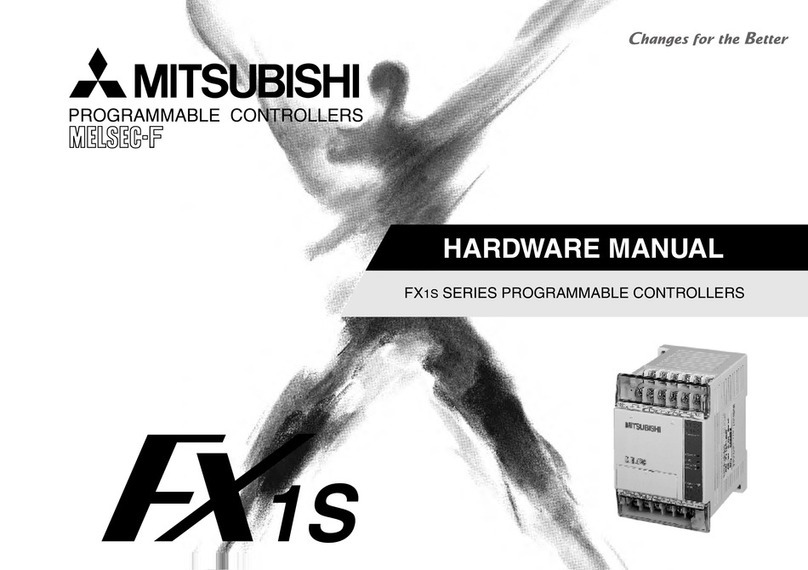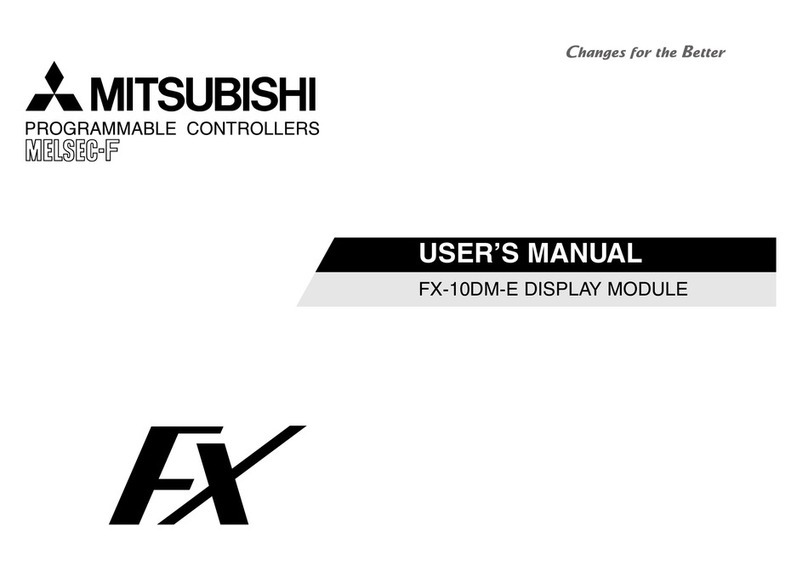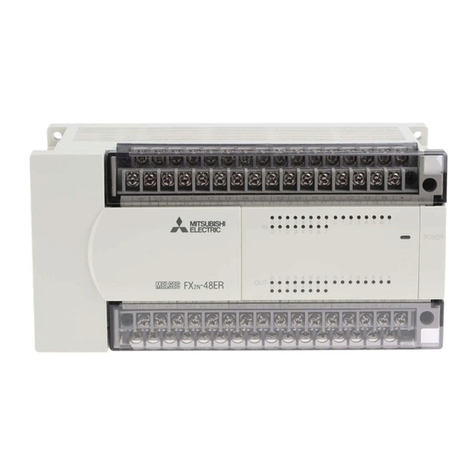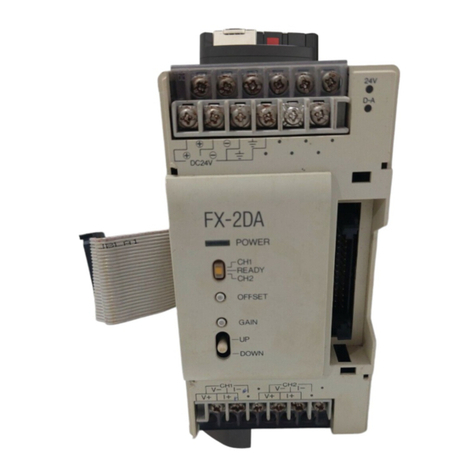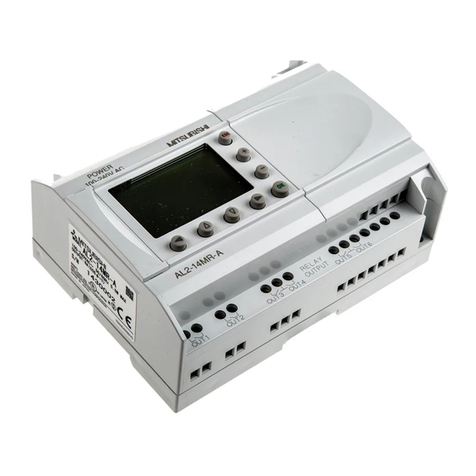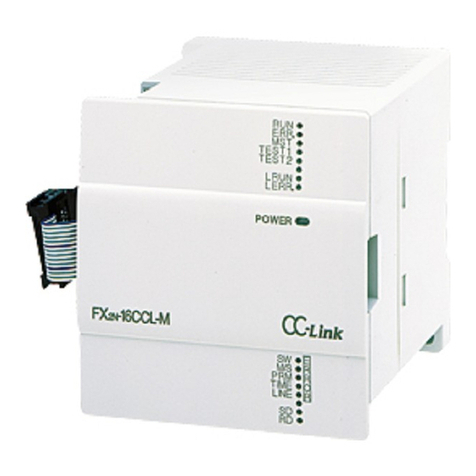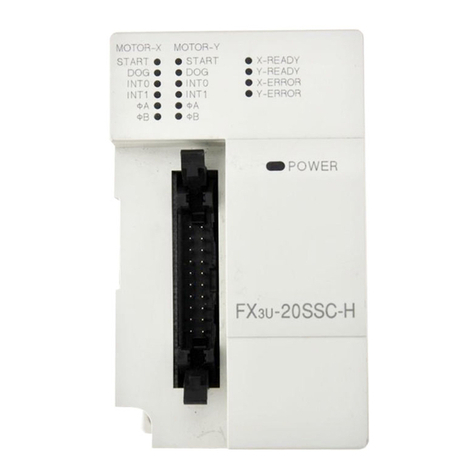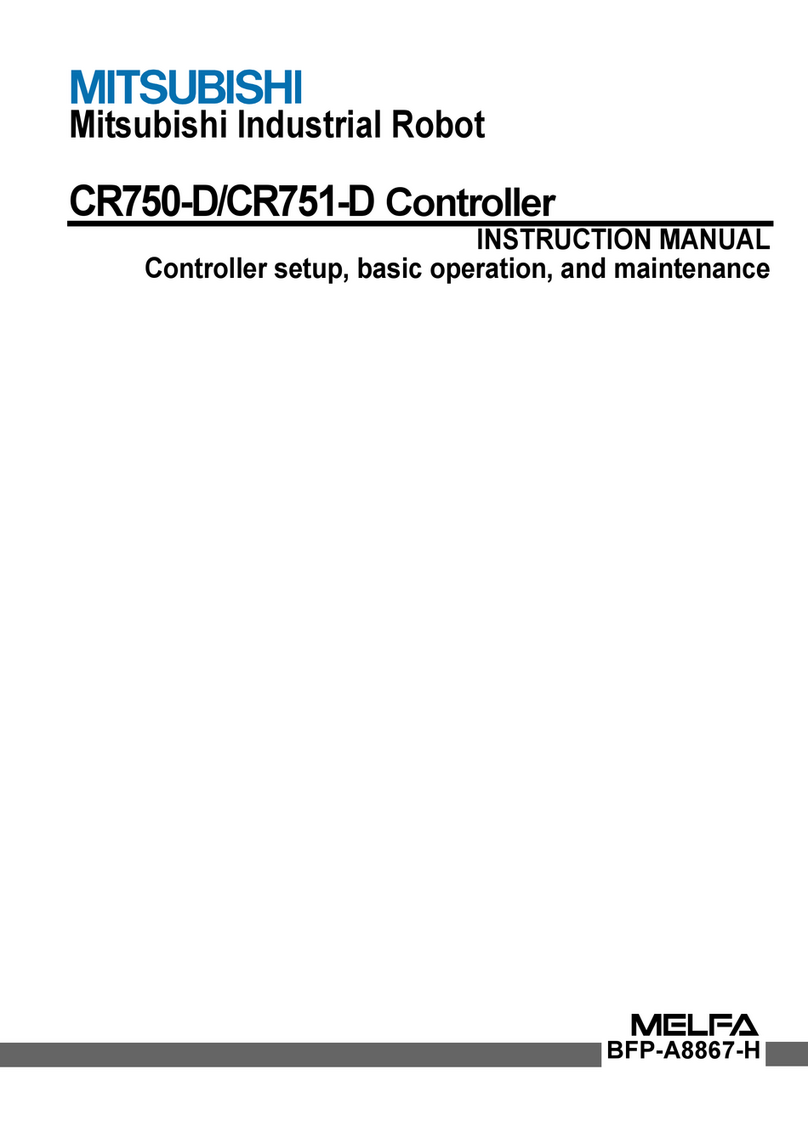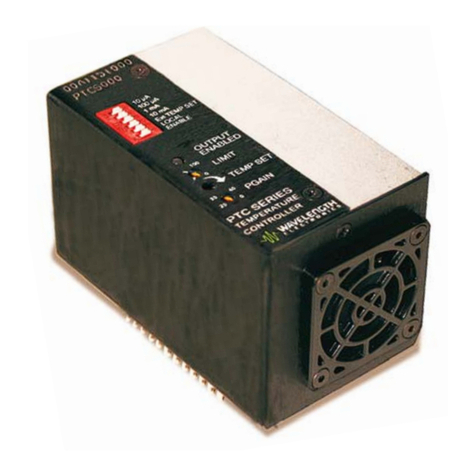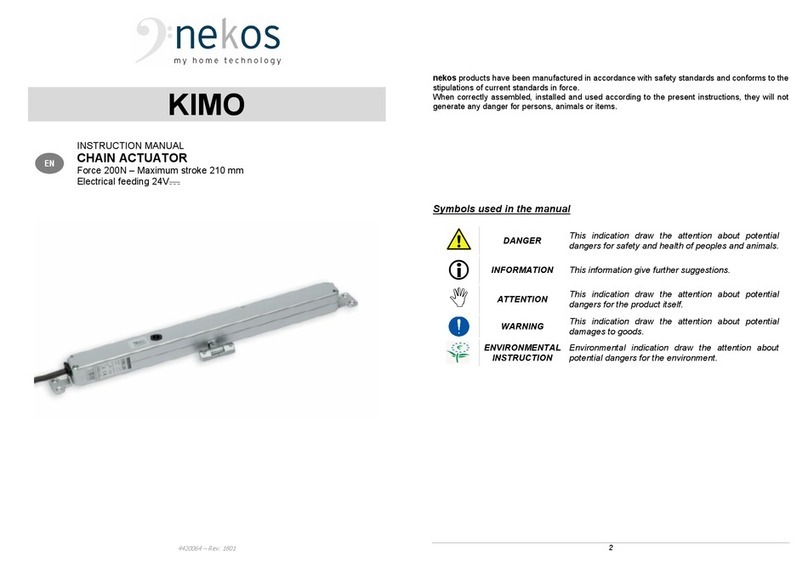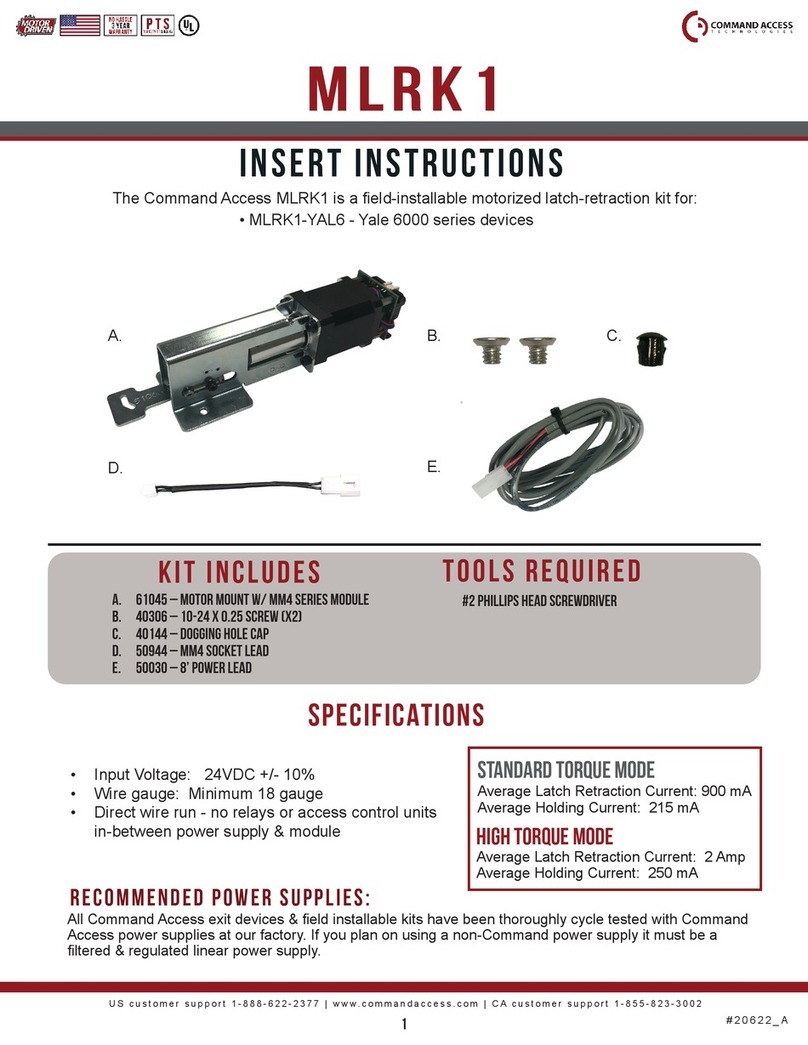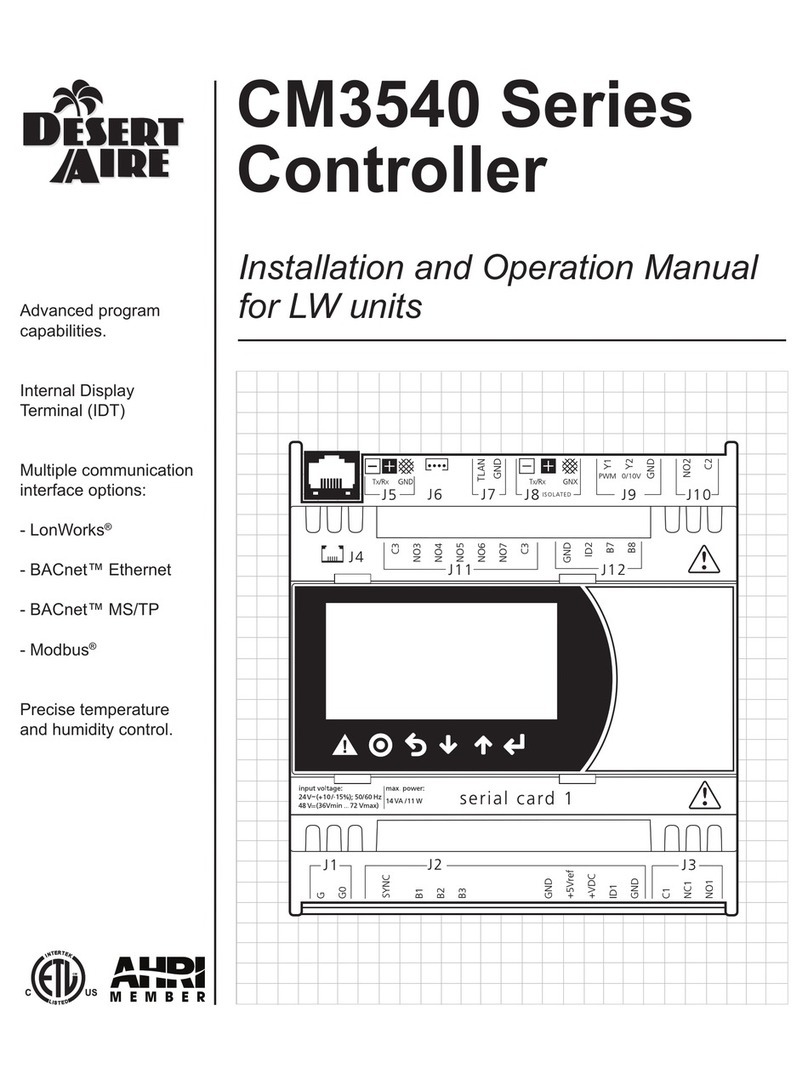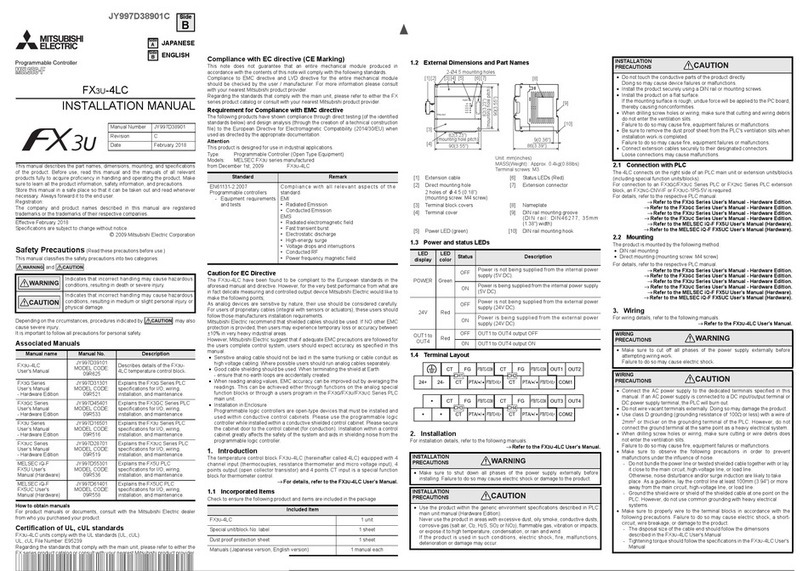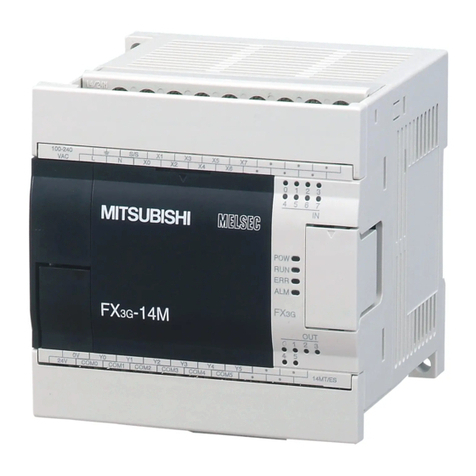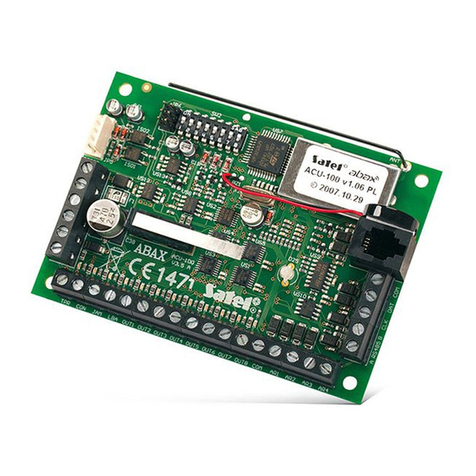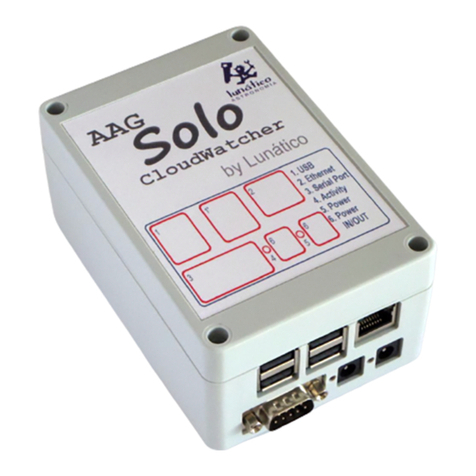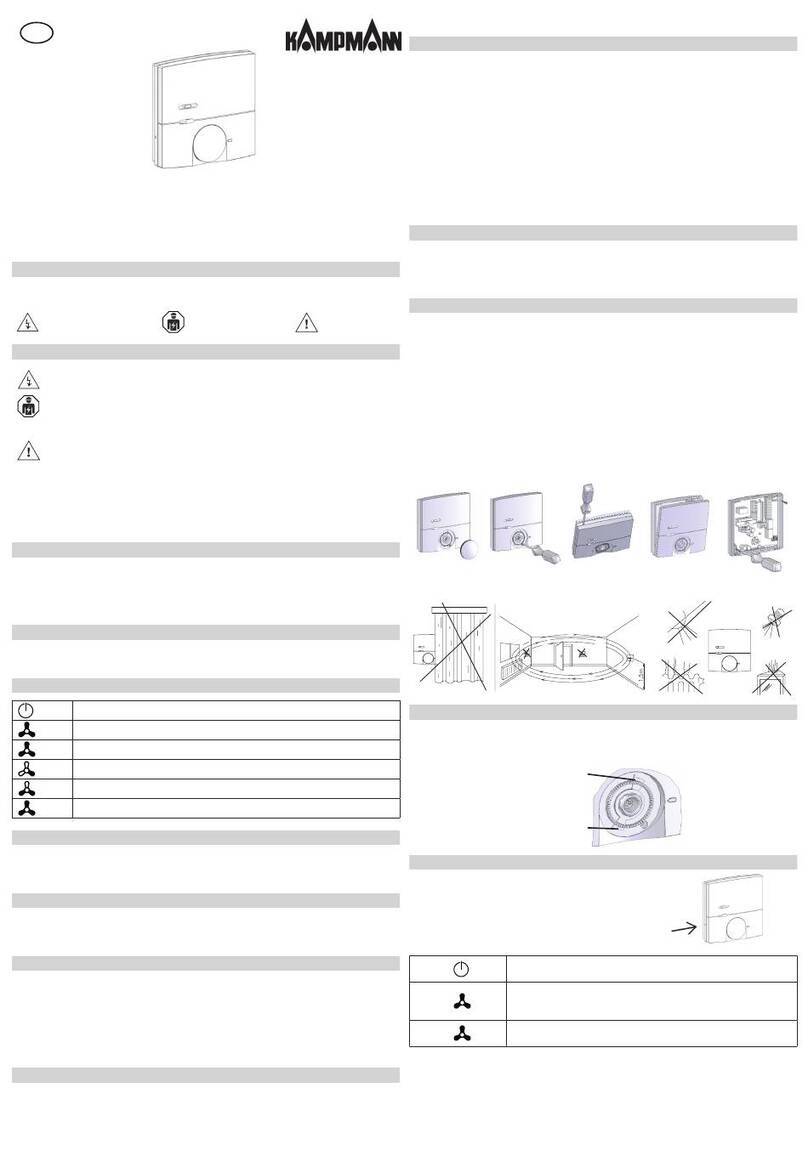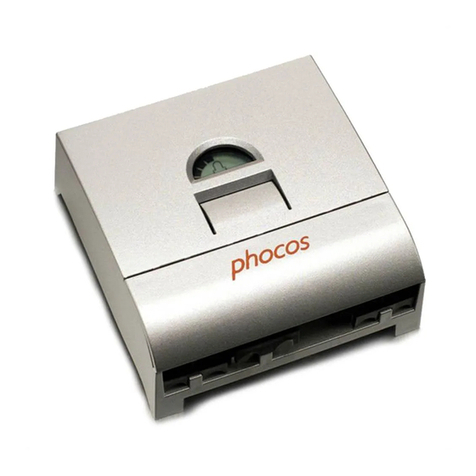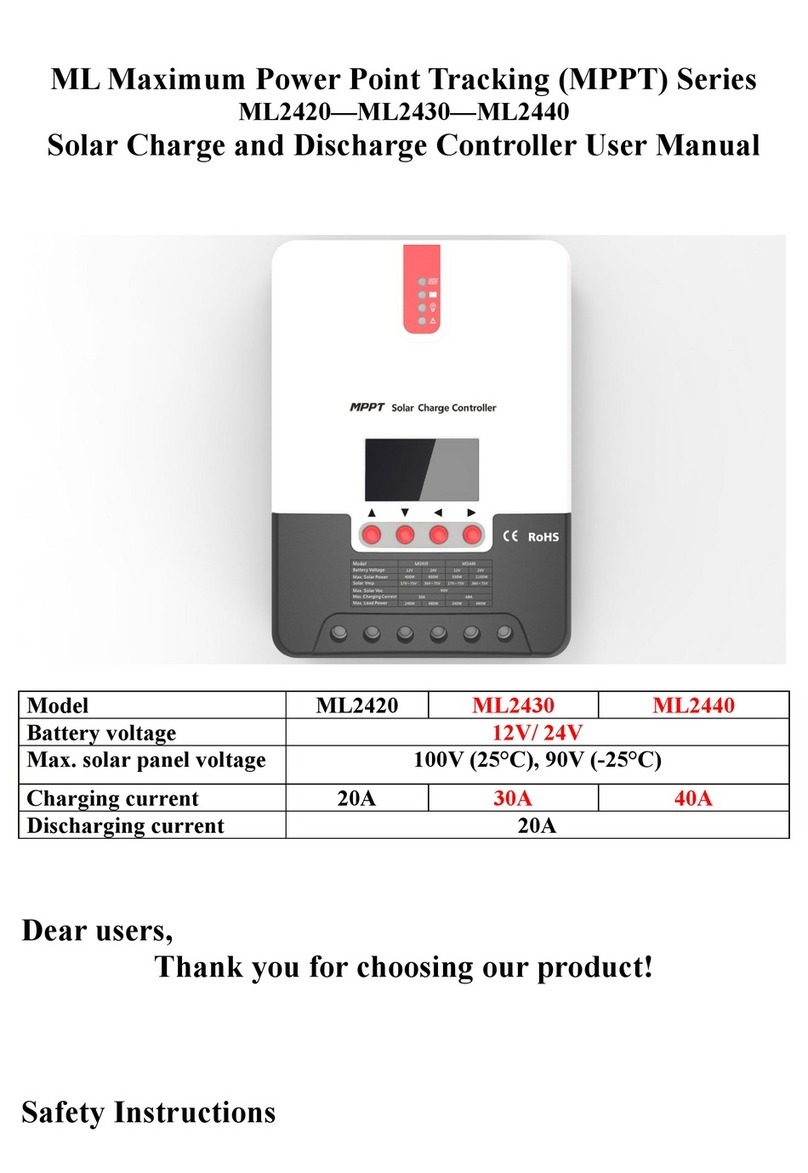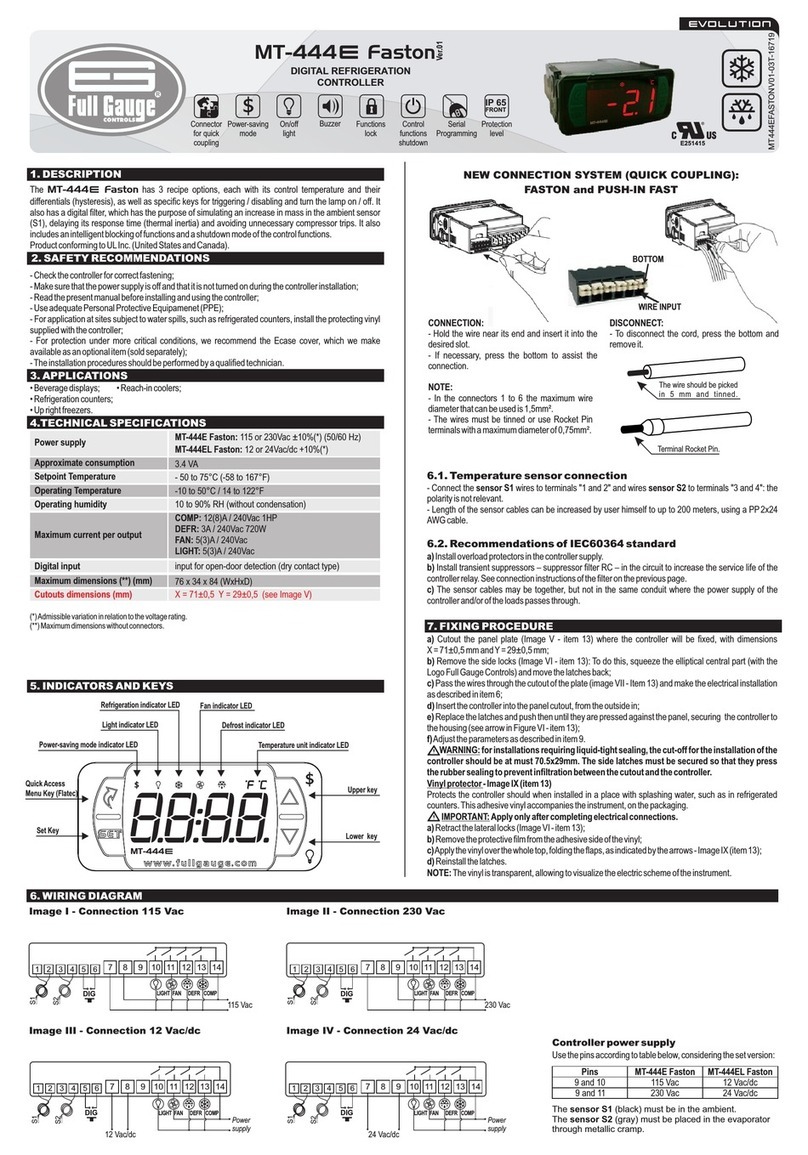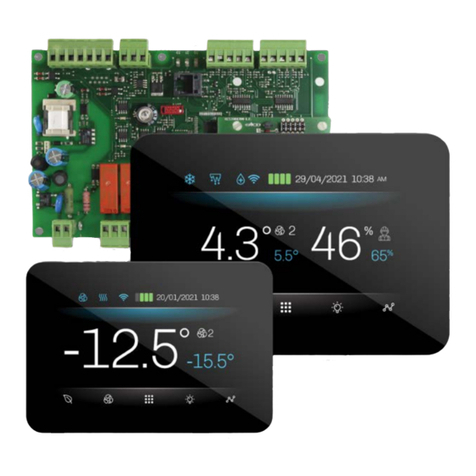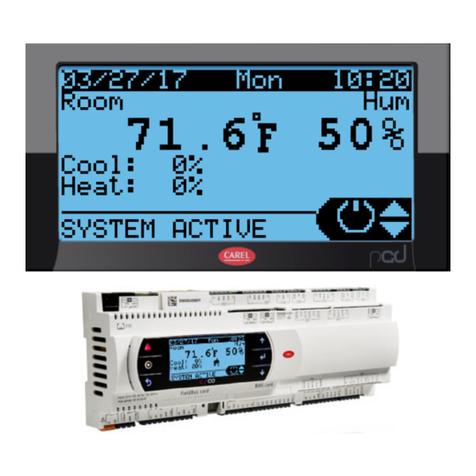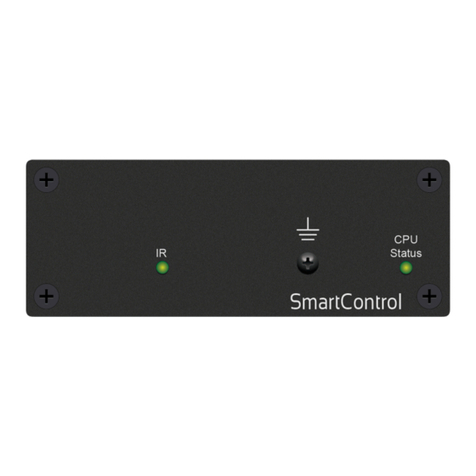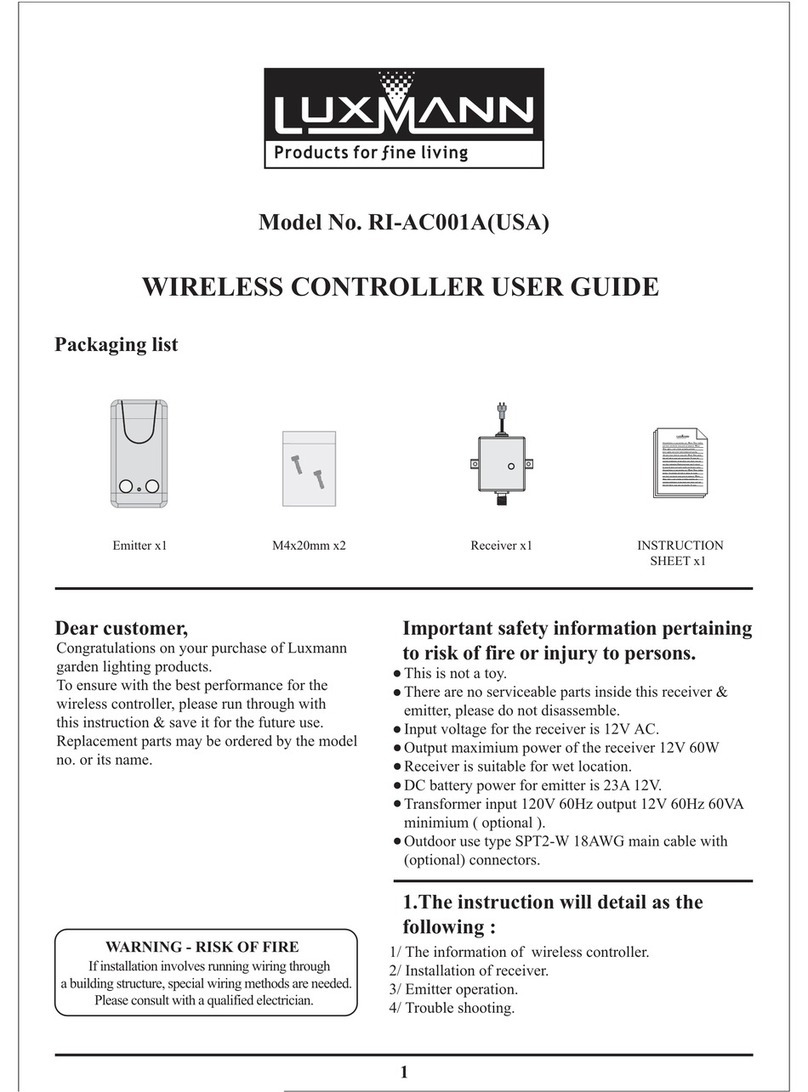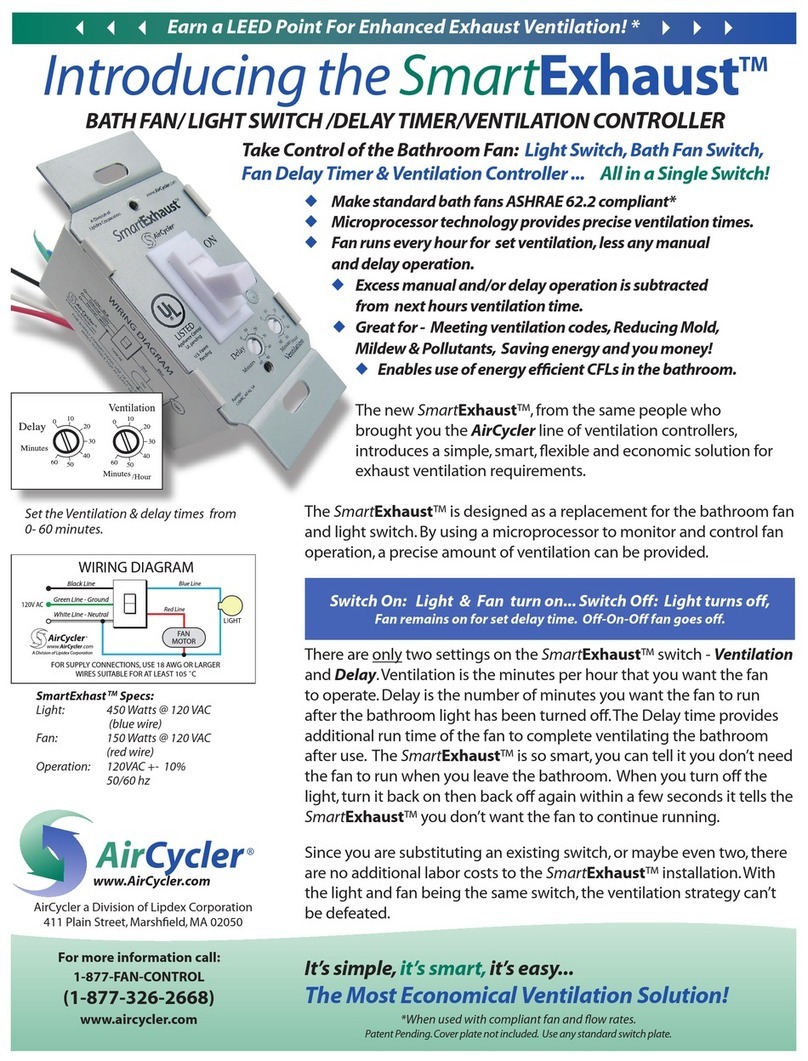
A-10
CONTENTS
1.SPECIFICATIONS............................................................................................................. 1
1.1 SPECIFICATIONS ....................................................................................................... 1
2.PERFORMANCE SPECIFICATIONS................................................................................ 2
2.1 Performance Specifications ......................................................................................... 2
2.1.1 A1SCPUC24-R2 Module Performance Specifications.......................................... 2
2.1.2 AnSHCPU Module Performance Specifications ................................................... 3
2.1.3 A2ASCPU(S1), A2USHCPU-S1 Module Performance Specifications.................. 4
3.EMC DIRECTIVES AND LOW VOLTAGE DIRECTIVES ................................................. 6
3.1 Requirements for Compliance with EMC Directives..................................................... 6
3.1.1 EMC standards ..................................................................................................... 7
3.1.2 Installation instructions for EMC Directive ............................................................ 8
3.1.3 Cables................................................................................................................... 9
3.1.4 Power supply module ......................................................................................... 14
3.1.5 Ferrite core ......................................................................................................... 15
3.1.6 Noise filter (power supply line filter).................................................................... 16
3.1.7 Power line for external power supply terminal .................................................... 16
3.2 Requirements for Compliance with Low Voltage Directives....................................... 17
3.2.1 Standard applied for MELSEC-AnS series programmable controller ................. 17
3.2.2 Precautions when using the MELSEC-AnS series programmable controller...... 17
3.2.3 Power supply ...................................................................................................... 18
3.2.4 Control panel ...................................................................................................... 18
3.2.5 Module installation .............................................................................................. 19
3.2.6 Grounding........................................................................................................... 19
3.2.7 External wiring .................................................................................................... 19
4. LOADING AND INSTALLATION ................................................................................... 20
4.1Installing the Module ................................................................................................... 20
4.1.1 Notes on handling the module ............................................................................ 20
4.1.2 Installation environment...................................................................................... 21
4.1.3 Notes on installing the base unit......................................................................... 22
4.2 Fail-Safe Circuit Concept ........................................................................................... 24
4.3 Wiring......................................................................................................................... 30
4.3.1 Power supply module specifications................................................................... 30
4.3.2 Parts names........................................................................................................ 32
4.3.3 Wiring instructions .............................................................................................. 34
4.3.4 Wiring to module terminals ................................................................................. 39
4.4 Precautions when Connecting the Uninterruptible Power Supply (UPS) ................... 40
4.5 Part Names ................................................................................................................ 41
4.6 RS232C Interface (A1SCPUC24-R2 only)................................................................. 47
4.7 Self-Loopback Test (A1SCPUC24-R2 only) .............................................................. 50
5. SPECIFICATION AND CONNECTION OF I/O MODULES............................................ 51
5.1 Input modules ............................................................................................................ 51
5.1.1 Input module specifications ................................................................................ 51
5.1.2 Input module connections................................................................................... 53
5.2 Output modules.......................................................................................................... 57
5.2.1 Output module specifications.............................................................................. 57
5.2.2 Output module connections................................................................................ 61
5.3 Input/output combined modules................................................................................. 69
5.3.1 Input/output combined module specifications..................................................... 69
5.3.2 Input/output composite module connections ...................................................... 71
6. ERROR CODES............................................................................................................. 74
6.1 Error Code List for A1SCPUC24-R2 .......................................................................... 74
6.2 Error Code List for A1SHCPU and A2SHCPU(S1) .................................................... 81
6.3 Error Code List for A2ASCPU(S1/S30) and A2USHCPU-S1..................................... 89
APPENDICES .................................................................................................................. 105
Appendix 1 CPU-by-CPU Startup Names...................................................................... 105
Appendix 2 Transportation Precautions......................................................................... 105
Appendix 2.1 Relevant Models .................................................................................. 105
Appendix 2.2 Transportation Guidelines.................................................................... 105




















